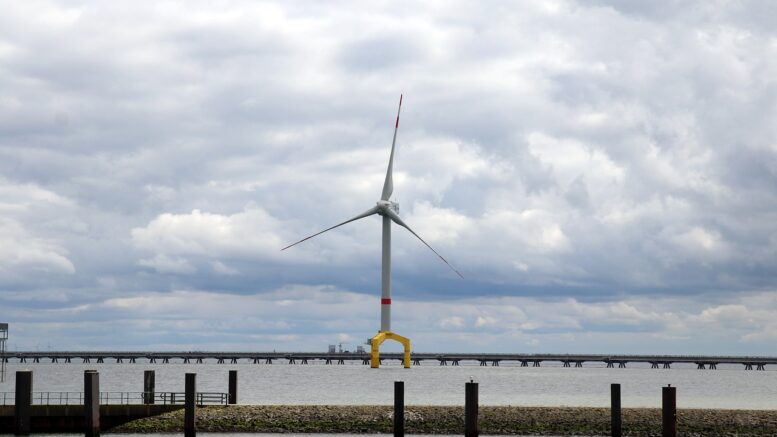The UK is a premier destination for the offshore wind industry.
With circa 15GW of installed offshore wind capacity, the UK has the second largest offshore wind capacity in the world, falling behind China, whose enormous population and size support around 30GW of capacity.
The reasons for the UK’s position are obvious but worth reiterating.
Based in the North Sea, the British Isles have some of the strongest winds in the world. The UK also has a long coastline with shallow waters, which enables the installation of offshore turbines at a much lower cost and technical challenge compared to countries where the nearby seas are far deeper.
The costs of offshore wind have been reduced by year-on-year improvements in technology. Typically, these include straightforward improvements relating to the size of wind turbine blades.
The seabed is almost entirely owned by the Crown Estate, which has been helpful in managing the development of the industry. Developers typically only have to negotiate with one owner regarding prospective projects.
The development of new offshore wind technologies has been facilitated by the centralisation of the industry, which is based in the Humberside region around Hull, and to a lesser extent Grimsby.
In particular, Orsted and Siemens Gamesa’s projects have helped attract investment from smaller companies as well as paved the way for the development of tertiary industries.
Unsurprisingly, offshore wind is also politically popular in the UK. In the case of Hull, it was even mentioned in 2017 as part of its celebration as a UK City of Culture when the city paraded a giant turbine blade.
There are fewer regulatory burdens associated with offshore wind, and the industry regularly demonstrates new innovations that, when taken at scale, are able to generate transformational effects.
Floating wind turbines are one such example. Kincardine offshore wind farm is one of the largest floating offshore farms in the world and became fully operational in 2021.
Another innovation is the increase in the size of the turbines. The Siemens Gamesa 14-222 DD is one of the most powerful turbines in the world and has been used in the UK at Dogger Bank wind farm, the world’s largest. Also in use there are the GE Haliade-X turbines, also considered some of the most powerful.
Integration of offshore wind into other systems is a growing area of interest for investors. Sheffield-based ITM Power has previously worked with Orsted to investigate the potential for the use of offshore wind to generate “green” hydrogen, which can be useful when there are low winds.
New areas of exploration include grid integration, the use of AI for monitoring purposes, and crucially, developments in battery technology.

Be the first to comment on "Understanding the UK’s installed offshore wind capacity"